5 steps to convert blog visitors into paying customers
You have built a blog that attracts visitors. All these readers are potential clients. But do you know who they are? Do you know how to contact them? How to convert them? This article will help you capture leads and move them down your sales funnel.
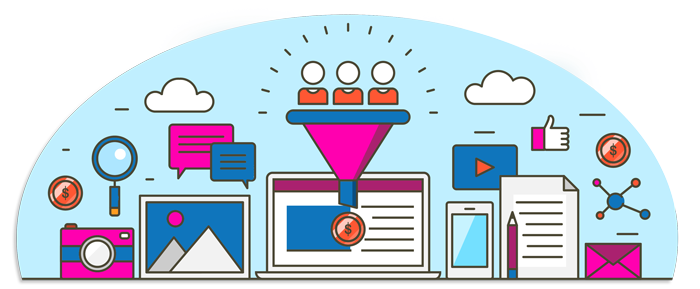
First step - define your sales funnel
If you wish to convert visitors into buyers, you first must define your sales funnel. If you do not know what it is all about, I suggest you read "How Sales Funnels can help you predict the future".
This funnel is unique to your company, even though all funnels somehow have the same structure. Let's take a concrete example: a Hong Kong hotel and its blog. If we had to qualify the different phases a visitor should go through to become a buyer, we would certainly end up with something like this:
- awareness - I know I want to travel, but I don't know where
- education - I have identified several destinations, I need to select one
- evaluation - I have selected Hong Kong, I need to compare hotels
- engagement - I pre-selected this hotel, I need to confirm my decision
- decision - I made my choice, I will go to this hotel
Once you have identified your sales funnel, you can move to the next step. Your funnel is a representation of your visitor's journey and describes the different stages of reflection visitors go through in order to make a decision.
Second step - categorize your articles
You now have a clearly defined sales funnel and can start categorizing your content.
This step is essential to define which type of content you should produce but also which content influences each type of visitor.
Let's return to our example to see which type of article correspond to each step of your funnel:
- awareness: "Incredible world destinations", "Magic places in Asia"
- education: "Hong Kong - a gate to traditional China", "Hong Kong - between the city, the mountain & the sea"
- evaluation - "Where to stay in hong Kong?", "How to select a hotel in Hong Kong?"
- engagement - none
- decision - none
As you can see, I have categorized each article of this fictive blog in the phase that it corresponds best to.
There are however two important points to consider. First, some articles could easily overlap several phases. In such situation, it is for you to define for which phase it has the highest potential of conversion. Then, it appears no article fits in the last two phases, engagement and decision: that is normal. It isn't your blog's role to sell. Your blog is here to capture and nurture leads then pass them to your conversion tool (it could be your website or your sales team).
You now have a better vision of what your articles do and how to use that information to create additional content in categories that need it. Remember: it is a funnel and therefore you should have more articles in the top section than the bottom one.
If you wish to go one step further, I invite you to read "Promote and monitor your blog: the secrets of successful blogging".
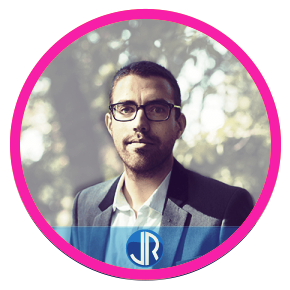 Julien Bréal, Digital Marketing Expert (DIGISTRR) recommends:
Julien Bréal, Digital Marketing Expert (DIGISTRR) recommends:
" In your blog, you should create two types of articles:
- Evergreen: long-lasting content, such as "What every tourist should know before coming to Hong Kong".
- Viral: content that has a high potential of being shared multiple times on Social Media, such as "7 things a french tourist should know before visiting Hong Kong". "
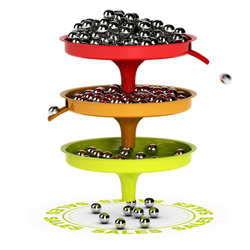
Third step - collect visitors information
Now we get to the very heart of this strategy.
You have a blog. It generates traffic. You know which visitor is in which phase of its decision process.
What you do NOT know is who are your readers and how to contact them.
You will, therefore, need to convince your readers to give you that information, in exchange for something. I offer you three strategies that will accomplish that.
The newsletter strategy
This strategy is as old as blogs are but remains efficient. Invite your readers to subscribe to your newsletter with their email address.
Remember to record the page from which your reader subscribed, that way you could guess which phase he was in when he decided to join.
Also, keep in mind that for people to subscribe, you will need to convince them of your blog's quality. You need to pay extra effort to build quality content that truly helps people.
The white paper strategy
Using white paper is also a very common strategy but many blogs overlook it.
This strategy is just about offering additional downloadable content in exchange for an email address.
This strategy is much more efficient than the newsletter one because its impact is immediate. Nevertheless, you will need to carefully build the right white paper for each article you write. Your white paper must complement the article, bring additional answers and move the reader towards the next step of your funnel.
This white paper could be a pdf, a podcast, an infographic, an excel sheet, etc. Regardless of the format, what matters is the quality and the answers it brings.
The calculator strategy
That is my favorite strategy. It might be the most difficult one to setup, but it is also the most efficient one.
This marketing strategy is about sending visitors to a form for them to obtain personalized information.
If we go back to our hotel example, it could be a form like:
- tell us what type of tourist you are, we'll tell you what to visit
- tell us what you wish to visit, we'll tell you how much budget you'll need
- tell us your traveling dates, we'll tell you what clothes you should pack
- etc...
These questionnaires enable your readers to acquire personal solutions they crave for but could only obtain in exchange for their email address.
Available tools
I personally develop all the tools I use in-house because I can and it gives me more flexibility.
Nevertheless, you could also find online solutions such as HubSpot or SumoMe that could help you with your leads collection strategy.

 Julien Bréal, Digital Marketing Expert (DIGISTRR) recommends:
Julien Bréal, Digital Marketing Expert (DIGISTRR) recommends:
"SumoMe offers a format called 'Welcome Mat' which certainly is the highest performing format out there today. Using it will help you increase your conversion rate quickly. "
Fourth step - fill the gaps
I told you previously that it is important to classify your articles in order to understand your readers' journey.
In order to avoid losing a potential client on the way, you will need to fill the gaps on the road, which means redirecting your readers naturally down your funnel. That can be done through a strategy of internal linking.
For example, an article that would fit in the discovery phase should end with an invite to read another article that belongs to the education phase.
Beyond being an essential aspect of your conversion strategy, it happens to also be a great way to improve your SEO.
Fifth step - build a conversion strategy
Here we are - the last step! You have defined your sales funnel as well as your customer's journey, you have categorized your articles, you have set up a data collection strategy... well done! One question remains - what should you do with these freshly collected emails?
It is time to prepare a conversion strategy.
This strategy aims to help your readers to flow down your conversion funnel. Going back to our usual example of a Hong Kong hotel, you could:
- send an email the following weekend for someone in the discovery phase to invite him to read an article from your education phase
- send an email to the education phase reader two days after he gave you his email to verify whether he has confirmed his destination and provide him with details to choose the right hotel through a new article
- etc...
Your job at this stage is to construct a strategy tree that explains what to send, to who, under which conditions and when.
This step isn't easy but this tree will help you to target and control your emails, which leads to better conversions and a lower risk of ending up in spam boxes. Remember: your reader has accepted to receive occasional emails - if you spam him, it will quickly backfire and hurt your reputation.
This strategy can be fully automated and, once properly set up, maximize the efficiency of your content strategy.
If it seems too complex to setup and you are not sure where to start, contact me today and let's discuss your conversion strategy together and develop an action plan.
To go one step further, I suggest you read "How to change your website into a cash generating machine".
Last update: 2024-04-17 Tags: blog lead conversion sales funnel newsletter white paper Julien Breal

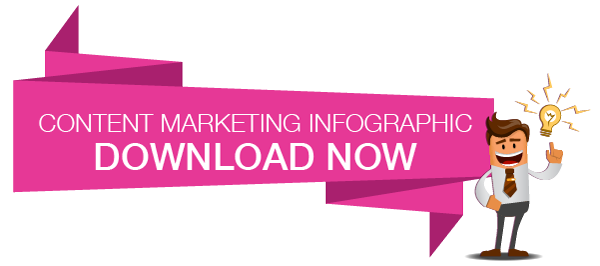

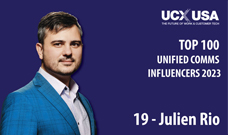
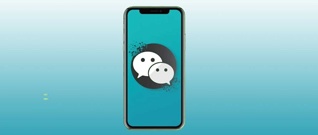
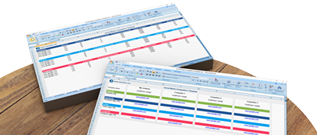

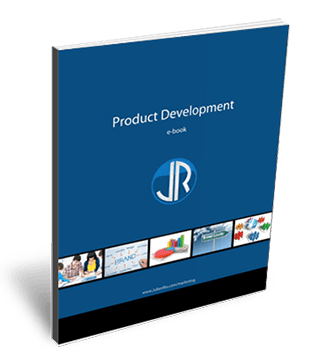
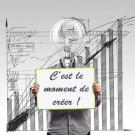
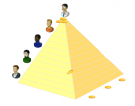



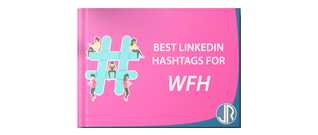
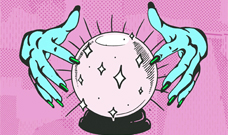
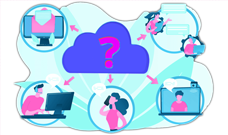



 Français
Français English
English